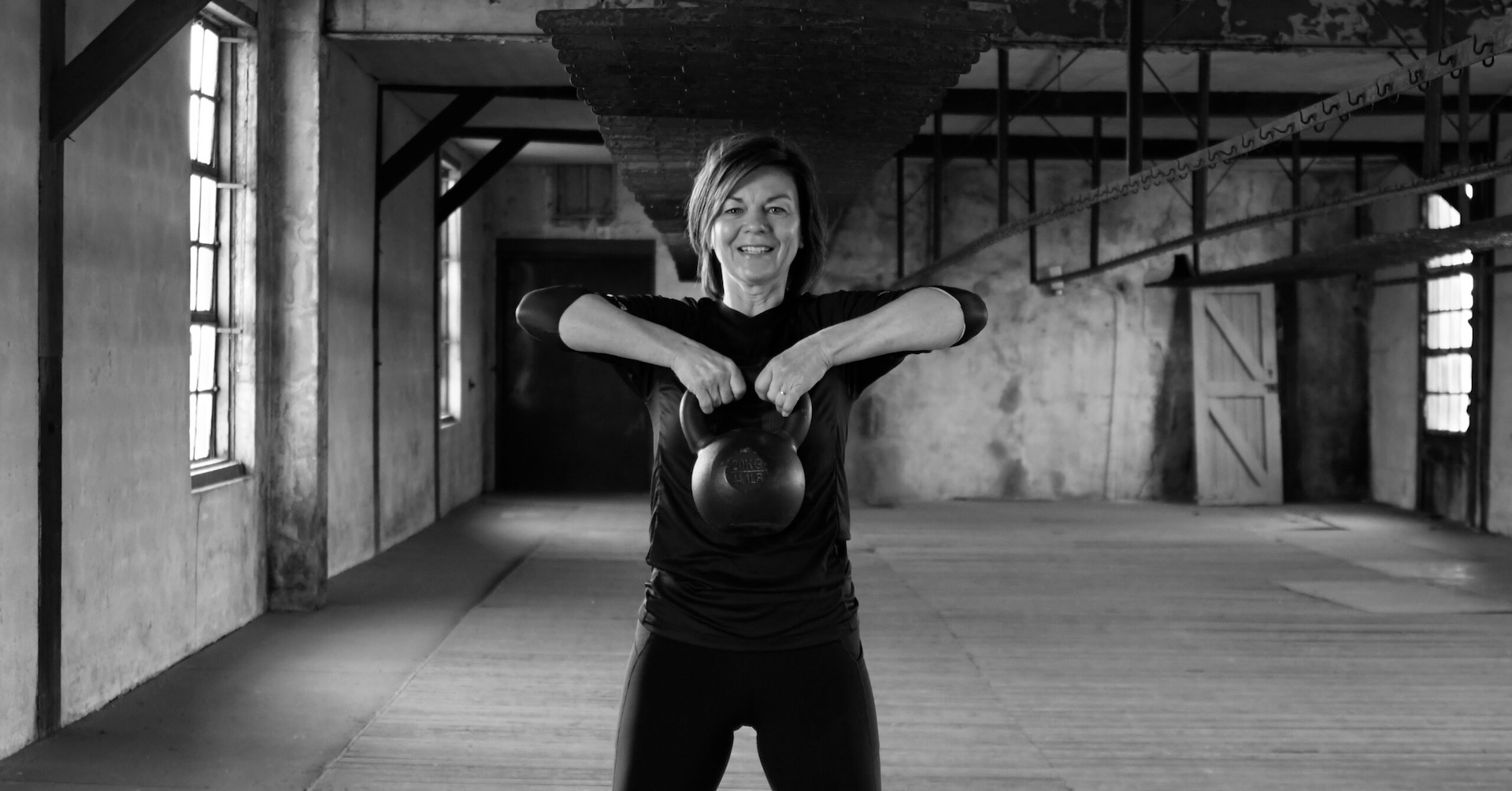Last night I gave a Masterclass on strength training and running injuries. Annoying ailments such as Runner's knee, ITB inflammation, spring shins, Achilles tendon complaints and irritation of the tendon plate under the foot were discussed. Who doesn't know them or has perhaps suffered from them before?
The runners platforms on the internet are full of self-help articles. In running specialist stores you can find even better cushioning or completely barefoot shoes, compression stockings, insoles and remedies. It's all to no avail; the number of running injuries remains at an all-time high.
Novice runners are the most susceptible to injuries, it can be read.
Who is that novice runner? That is the person in his forties who, after years of physical inactivity and perhaps after giving birth to a number of children, realizes that 'something has to be done now'.
What does he or she do then? To run! Because it is nice and easy, can be easily combined with a busy family life and you also burn a large number of calories. Ideal, right? So no.
People go from doing nothing for years to suddenly running 3 times a week, where they have to cover 5 kilometers in no time, with times under 6:00 minutes per kilometer. For the slightly more advanced runners, after 10, 'half a' and then 'a whole' is a frequently followed route. Too much, too far, too fast. And that's where things go wrong.
9 out of 10 running injuries occur to the lower extremities*, as we can read on the page of the Knowledge Center for Sports and Exercise. Now shoe manufacturers claim that 'overpronation' of the heel bone is often the cause, but that is very short-sighted if you ask me. It is very popularly said that 'your feet are the basis'. That is also only partly true.
When we look at the body, we see that feet are attached to legs. And that the legs, in turn, are attached to the pelvis and the torso. That's where the lion's share of the solution lies if you ask me.
When the trunk and pelvic musculature is weakened, gravity wins over muscle strength. The free half of the pelvis drops, knees fall inwards and in turn take the shins and feet with them in that inward rotating movement. And voilà, there we have our dreaded 'overpronation'.
So instead of combating this so-called overpronation at the bottom with all kinds of remedies, I advocate tackling the pelvis and trunk. By putting on a corset, a sturdy muscle corset that is. In my opinion, that is the most important injury preventive measure you can take. And that takes time. My advice is therefore; Take a year to regain your body's strength, work on good core stiffness and good freedom of movement in the important joints. There is a good chance that you will get rid of your back pain. Then it's a matter of keeping track.
You prefer to do this under the guidance of a professional who knows what he (M/F/O) is doing. They will help you with a training structure that suits your fitness level, with targeted strength and coordination training and with good (read safe) running technique.
Interested in making an excellent start or dealing with your injuries once and for all?
Then request a free introductory meeting.
Our new one will start at all our locations on November 2 30 day program. The ideal opportunity to experience our working method.
Stay healthy, stay safe.
Hanneke Hurst
Enforce Run Franchisee & Master Trainer, Expert Movement Analyst, Foot Sports Specialist
hanneke@enforce.nl
* Also read: [one_half]How common are running injuries and how can they be prevented?[/one_half]
Schedule a free coaching session or take the online membership test
Does this sound good and are you also ready for a fitter & healthier life? Then schedule a free coaching conversation now Join me or one of the other master trainers! 100% risk-free, the first step has never been easier!
Are you still in doubt? Then take the no-obligation online membership test: 6 short questions (only 1 minute to complete) to discover whether Enforce suits you!


